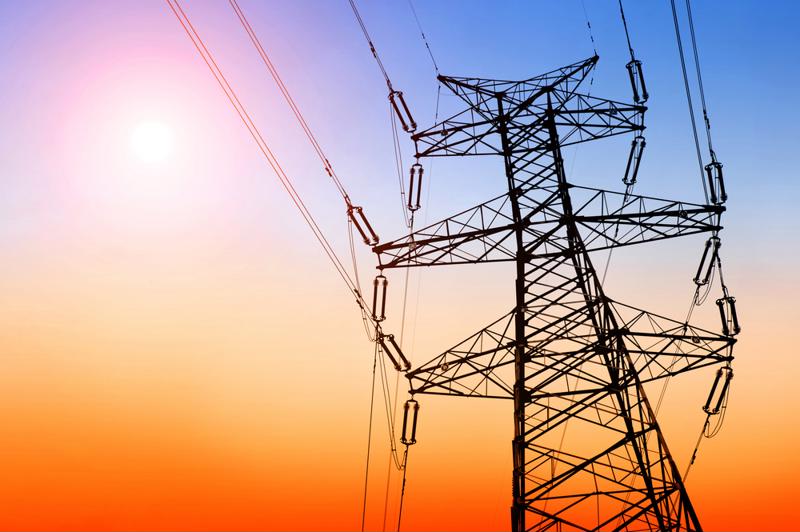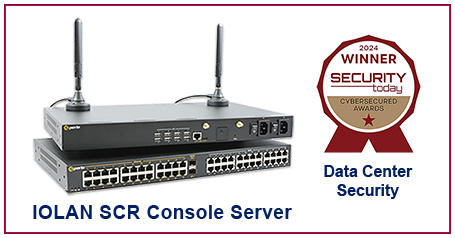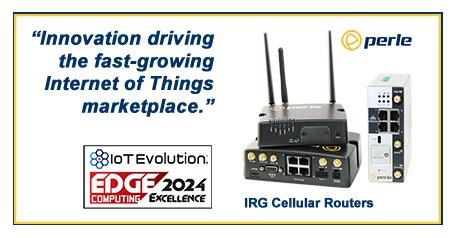
3 places where serial interoperability can pay dividends
By Donna DonnowitzJuly 19, 2016
Industrial Ethernet technologies have begun to transform network functionality in settings where hardware that is particularly hardy is needed to support advanced connectivity requirements. As industrial Ethernet rises, organizations must also consider how they can continue supporting existing serial connections that are getting the job done. For a long time, serial connections were preferred in many specialized industries because the reliability and resilience of serial equipment made it a natural fit for challenging environments. As Ethernet emerges to drive business success in these settings, organizations must carefully consider how they can mix-and-match serial and industrial Ethernet systems to fuel innovation.
"Ethernet is rising because it allows data to flow between different business units."
On its own, Ethernet is gaining momentum in a wide range of settings because it allows data to flow seamlessly between different business units. having a common network protocol makes it much easier to resolve any data distribution issues businesses are facing, and the rise of technologies like the Internet of Things is changing how industrial organizations operate. The IoT allows data from a wide range of sources to automatically be moved between application and software systems, letting users make more strategic decisions and allowing for automatic decision-making within repeatable processes. For example, a robot handling a specific function can automatically adjust its operations in response to data sent from an IoT sensor.
All of these factors add up to create a situation in which Ethernet technologies are incredibly valuable in a wide range of industrial settings. However, the average Ethernet switch isn't up to the task of residing in many of the areas where industrial operations take place. Furthermore, many of these areas already have serial-based network systems in place that must interact well with Ethernet. Serial-to-Ethernet terminal servers used in conjunction with industrial Ethernet switches can help companies overcome these challenges. Three locations where serial interoperability is still a common issue include:
1. Utility settings - particularly power substations
The smart grid has created new opportunities for data transmission in the energy industry. Sensors and monitoring devices deployed across the grid empower energy operators to strategically manage distribution and transmission workflows to maximize value creation at any time. substations are a critical link in this process, and they often feature connectivity systems built on serial protocols to interconnect specialty hardware. At the same time, the proximity to potential electromagnetic interference and exposure to extreme temperatures at substations come together to create problems with typical Ethernet systems.
Industrial Ethernet switches and serial-to-Ethernet terminal servers are a natural fit here as the hardiness of industrial Ethernet systems combines with the simplified serial interoperability to make it much easier to make network upgrades at substations.

Utility operators are among the organizations that can benefit from industrial Ethernet systems.
2. Mines, forests and other areas where raw materials are plentiful
Organizations that create revenue by gathering raw materials and either selling them or refining them for sale later often face incredibly tight profit margins, creating pressure to optimize operations and drive efficiency at every opportunity. Extending connectivity into field locations can be invaluable in these sectors. Whether you are considering IoT investments that monitor operating conditions or providing connectivity so employees can report on production, supply and similar items without having to go back to an office area, extending the network can pay off.
In practice, extending the network out to these types of locations often takes the form of establishing a base of operations near the place where materials are being gathered and having workstations available to users who are in the field. The problem is that many raw materials companies also depend heavily on highly specialized industry-specific tools, many of which may use legacy serial connections. Using terminal servers and industrial Ethernet solutions in tandem can streamline the process of rolling out new Ethernet systems while also putting any compatibility concerns to rest.

Mines are among the locations where connectivity challenges make interoperability critical.
3. Stadiums
Stadiums are havens of technology, often going back years as broadcast, communications and energy distribution tools are needed throughout these large facilities. Consider large scoreboards and video replay displays. These devices must be connected with media hubs within the stadium to get data to display. The same goes for electronic menus at concession stands, televisions that often play the event in concourses and other locations where fans are away from the action and network systems that support communications between staff at the facility.
Stadiums are, in many ways, small, incredibly dense cities. They have power infrastructure, security teams that depend on robust communications tools and closed-circuit camera systems, media distribution infrastructure and many other technologies that all use different types of connectivity infrastructure. Ethernet is often the easiest solution when it comes to creating a framework that can support the widest range of operations, but stadiums must stand for decades to prove profitable, meaning organizations must also contend with serial-based equipment that is in place either because of specialty hardware or legacy architectures.
Crowd movement and noise in stadiums can create significant vibrations - enough to impact network performance if specialized hardware isn't in place. Throw in outdoor areas where extreme temperatures come into play, and the need for industrial Ethernet is clear. At the same time, the ability to use terminal servers to integrate functioning serial technologies into the Ethernet network streamlines connectivity advances.
There are plenty of environments where connectivity is critical and legacy, serial connections are still in place. The ability to implement Ethernet solutions can ease data transmission challenges for organizations operating in these settings, and terminal servers provide the interoperability needed to keep existing systems in place when it makes sense.
Perle has over 516 models of Managed Industrial Ethernet Switches with the vast array of options including 10/100/1000 Ethernet, PoE, fiber and combo ports. Perle IDS Industrial-grade Ethernet Switches are ideal for the harsh environments found in industrial factory systems and outdoor applications.



